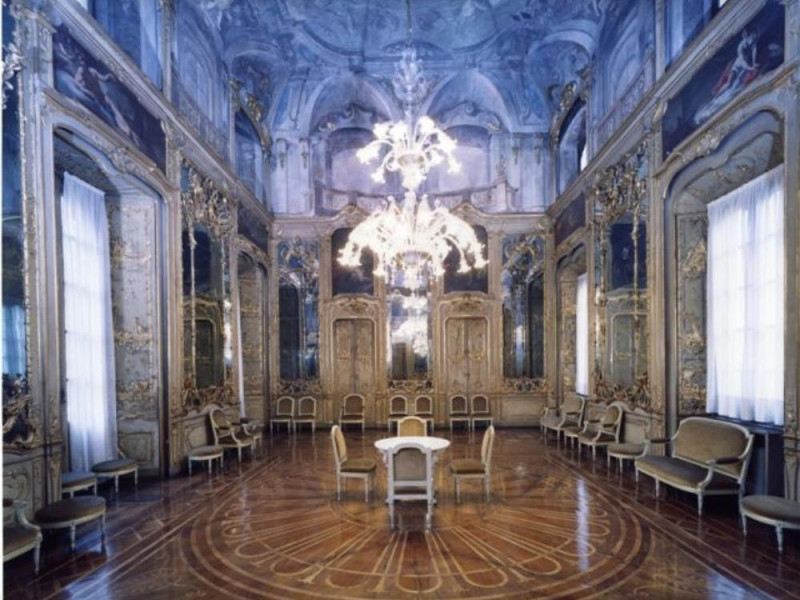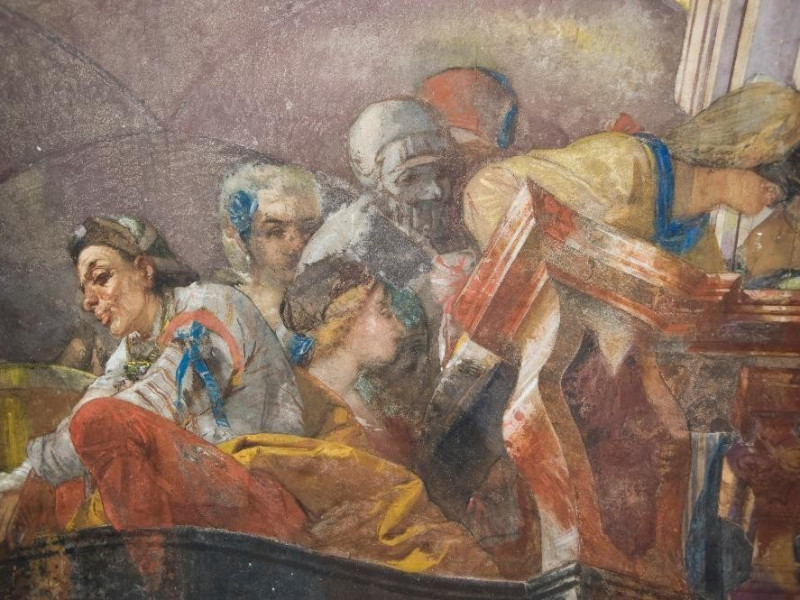Palazzo Arese Litta
Representative example of Lombard Baroque, with its eighteenth-century facade, the Palace, however, has ancient roots: the original nucleus of the enacting architectural complex was built between 1642 and 1648 by Francesco Maria Richini for Count Bartolomeo Arese. The great house was the scene of unforgettable receptions in honor of Spanish royalty, but also privileged asylum. Century building is preserved, in addition to the general of the noble part of the complex, the main courtyard, characterized by its portico with architrave system of paired Doric columns and piers at the corners. The above wall is modeled by two rows of windows: the main floor with alternating curved and triangular gables, on the second floor with a framing square. In 1671 it was consecrated a noble oratory, by Richini, which was transformed in the second seven hundred in the theater still in operation, the Litta Theatre, overlooking the Courtyard Clock. It is from the middle of the eighteenth century that the complex bought the style that still distinguishes it, with assistance who completed and turned the noble body of the building. It starts, in chronological order, from the spectacular staircase "scissors" that leads to the apartments noble, by Francesco Merlo (1740), partially destroyed during the bombing of August 1943 - which incredibly spared the rest of the building - and rebuilt after the war, and you get to the painted decoration, left largely to the workshop of Giovanni Antonio Cucchi. In the same years, between 1752 and 1761, Bartolomeo Bolli built the new facade of the building, consisting of two bodies to horizontally and a higher central and projecting. In the Palace was kept the famous "Madonna Litta", painting attributed to Leonardo. Sold at auction in 1873, the Palace was taken over by the Railway Company to pass in 1905 to the Italian Railways, then owned by the State Property. The Palace is now home to Milan with ministerial offices of the Regional Directorate and the Archival Superintendency. It also houses the libraries and archives of the Institutes, structures already open to the public and attended by scholars. The Palace is open during public events and is also given in concession to use for events related to fashion, exhibit and guided tours animated by actors.






